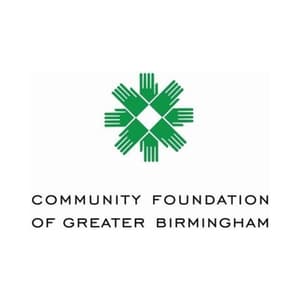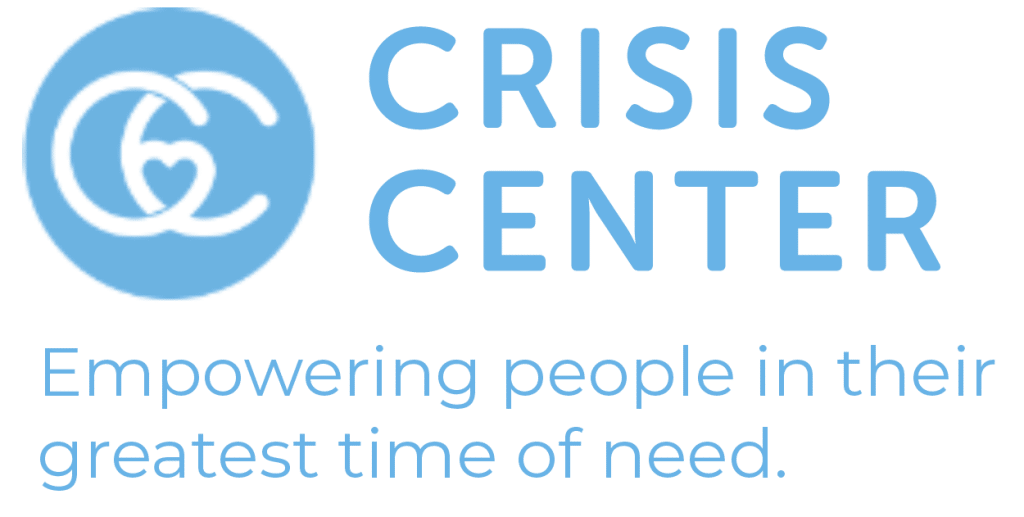Treatment
Treatment helps people stop using the drugs they’re addicted to. Treatment can include talk therapy, medicine, or both. It helps them learn to fight the urges to use drugs again, and it helps them regain control in their lives.
Drug use can affect every part of a person’s life. Therefore, treatment needs to work with all areas of your life – your relationships, your work, the way you have fun, and how you deal with problems.
Treatment can help people who are just starting to get addicted; you don’t have to be at “rock bottom” for treatment to work. When someone quits taking drugs and starts learning how to live life without drugs, we say they are “in recovery.”
Source: National Institute on Drug Abuse, Easy-to-Read Drug Facts
The First Step in Getting Help
Typically, the first step in seeking help for addiction is talking to an addiction professional. The professional can conduct a screening and/or assessment to determine what resources may be helpful. If an assessment is warranted, an American Society of Addiction Medicine (ASAM) assessment may be utilized. The ASAM asks questions about health history, current health condition, past/present substance use, thoughts, motivation, mental health, and living environment. Since the information is used to determine the best referral resource, it is imperative that questions are answered honestly and thoroughly. The assessment may take 1.5 to 2 hours to complete.
Assessments are available through several community providers as well as from the Recovery Resource Center. A few providers and their contact information are listed below:
- Recovery Resource Center: (205) 458-3377
- Aletheia House: (205) 324-6502
- Beacon Addiction Treatment Center: (205) 917-3733 ext.234
How to Get Into Treatment
If you, a friend, or a loved one has a drug or alcohol problem and is looking for help, it’s important to know that getting into treatment can be a process. Different levels of treatment are available, from outpatient care to a residential (inpatient) program. On our Resources page, we provide a list of local treatment facilities along with their contact information. This list is divided by the level of care provided by each facility.
Note: Although there are many facilities in Jefferson County that provide services for drug and alcohol addiction, many do not use evidence-based treatments or techniques, meaning that they don’t necessarily use a scientifically or medically proven approach to treatment. In addition, they aren’t licensed by any licensing committee or board to provide substance use treatment. Generally, these are faith-based programs sponsored by local churches.
How to Pay For Treatment
Private Insurance or Self-Pay: If you have insurance and/or have the financial resources to self-pay, getting into treatment only takes a phone call to an admissions office to get started. The admission process varies at each facility; some will gather information on the phone, while others will schedule an appointment for you to undergo a screening or assessment. Treatment center personnel will gather details about what substance(s) you are using and how much, your payment method or insurance information, your health status, and your support structure, then they will recommend a level of care. Admission usually takes 1-2 days, if space is available.
No Insurance: The Alabama Department of Mental Health operates treatment centers throughout the state that provide treatment at low cost, but getting into treatment is a longer process. To get into a state-funded treatment program, you will need an assessment. A few treatment centers do their own assessments as part of the admission process, but most require that you go to another location to have the assessment. The Recovery Resource Center provides these assessments at no charge. The results are then faxed or taken with you to the treatment center you are trying to enter.
Once the facility has the assessment, you are eligible to be admitted or put on a waiting list. Some treatment centers offer pre-treatment groups or services while you are waiting for admission. While you are on the list, you need to stay in touch with the facility where you will be admitted.
Types of Treatment
Early Intervention: This level of care is designed for adults and adolescents who are at risk of developing substance-related problems.
Outpatient: This level of care typically consists of fewer than 9 hours of service per week for adults or fewer than 6 hours a week for adolescents of recovery or motivational enhancement therapies and strategies.
Intensive Outpatient: This level of care typically consists of 9 or more hours of service a week for adults or 6 or more hours for adolescents to treat multidimensional instability. It is an organized outpatient service that delivers treatment services during the day, before or after work or school, in the evening, and/or on weekends.
Partial Hospitalization: This level of care for adolescents and adults typically provides 20 or more hours of service a week for multidimensional instability that does not require 24-hour care. It is an organized outpatient service that delivers treatment services usually during the day.
Residential/Inpatient Services: Also known as clinically managed residential services, this level of care for adolescents and adults typically provides 24-hour living support and structure with available trained personnel. It encompasses residential services that are staffed by designated addiction treatment, mental health, and general medical personnel, who provide a range of services in a round-the-clock living support setting.
Managed/Monitored Residential or Inpatient Detoxification: Also known as medically monitored residential detoxification, this level of care typically provides 24-hour living support and structure with available trained personnel. This level of care is indicated when severe withdrawal symptoms are being experienced.
Medication-Assisted Treatment: Medication-assisted treatment (MAT) is the use of medications, in combination with counseling and behavioral therapies, to provide a “whole-patient” approach to the treatment of substance use disorders. Research shows that a combination of medication and therapy can successfully treat these disorders, and for some people struggling with addiction, MAT can help sustain recovery.
Methadone, buprenorphine, and naltrexone are used to treat opioid dependence and addiction to short-acting opioids such as heroin, morphine, and codeine, as well as semi-synthetic opioids such as oxycodone and hydrocodone. The prescribed medication operates to normalize brain chemistry, block the euphoric effects of alcohol and opioids, relieve physiological cravings, and normalize body functions without the negative effects of the abused drug. People may safely take medications used in MAT for months, years, several years, or even a lifetime. Plans to stop a medication must always be discussed with a doctor.
A common misconception associated with MAT is that it substitutes one drug for another. Instead, these medications relieve the withdrawal symptoms and psychological cravings that cause chemical imbalances in the body. MAT programs provide a safe and controlled level of medication to overcome opioid use. There is more information about the various types of medication-assisted treatment in the next section.
Sources: Continuum, The ASAM Criteria Decision Engine; National Center for Biotechnology Information; Substance Abuse and Mental Health Services Administration
Types of Medication-Assisted Treatment
The section below describes several different FDA-approved medications to treat opioid addiction.
Methadone: Methadone works by changing how the brain and nervous system respond to pain. It lessens the painful symptoms of opiate withdrawal and blocks the euphoric effects of opiate drugs such as heroin, morphine, and codeine, as well as semi-synthetic opioids such as oxycodone and hydrocodone. Methadone is offered in pill, liquid, and wafer forms and is taken once a day. The length of time in methadone treatment varies from person to person.
Buprenorphine (Suboxone): Like methadone, buprenorphine suppresses and reduces opiate cravings. It can come in a pill form or sublingual tablet that is placed under the tongue. Buprenorphine has unique pharmacological properties that help lower the potential for misuse, reduce the effects of physical dependency to opioids (such as withdrawal symptoms and cravings), and increase safety in cases of overdose. For a list of Buprenorphine providers in your area, please visit www.Suboxone.com.
Naltrexone (Vivitrol): Naltrexone works differently than methadone and buprenorphine in the treatment of opioid dependency. Naltrexone blocks the euphoric and sedative effects of the abused drug and prevents feelings of euphoria. Naltrexone binds and blocks opioid receptors, and is reported to reduce opioid cravings. There is no abuse and diversion potential with naltrexone. If a person relapses, naltrexone prevents the feeling of getting high. This medication is available in pill form and an extended release monthly injectable (Vivitrol). Medicaid and some private insurance companies provide coverage for naltrexone treatment. However, coverage amounts may vary from plan to plan. For a list of naltrexone providers in your area, please visit http://www.Vivitrol.com.
Sources: Substance Abuse and Mental Health Services Administration, Continuum, The ASAM Criteria Decision Engine, National Center for Biotechnology Information, and Substance Abuse and Mental Health Services Administration

This program is made possible in part by the support of the Jefferson County Public Health Fund of the Community Foundation of Greater Birmingham.
Volunteer
With the higher demand for the Centers's services, we have a need for additional conscientious and reliable volunteers.
Donate
The work of the Crisis Center is made possible through the generous contributions of caring individuals like you.
Helpful Pages
COPYRIGHT 2024 - ALL RIGHTS RESERVED CRISIS CENTER
COPYRIGHT 2024 - ALL RIGHTS RESERVED CRISIS CENTER

